I have a service principal I've setup for my DevOps pipeline which I use to create service principals/apps for use by services I'm deploying via Azure CLI as follows:
az ad sp create-for-rbac --name TestAccount1 --skip-assignment
If I assign the following permissions to my DevOps service principal it works perfectly:
However that obviously triggers the deprecation alert but if I change the permissions to:
I get the following:
Directory permission is needed for the current user to register the application. For how to configure, please refer 'https://learn.microsoft.com/azure/azure-resource-manager/resource-group-create-service-principal-portal'. Original error: Insufficient privileges to complete the operation.
Am I missing a subtlety when it comes to Azure AD Graph vs Microsoft Graph aren't they just old and new APIs into the same Azure AD Tenant?



